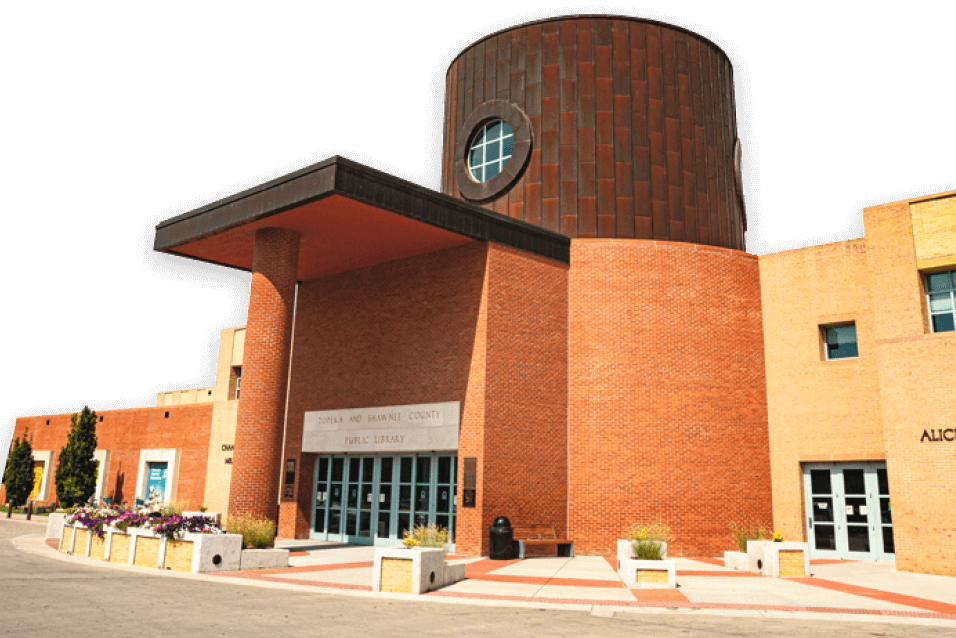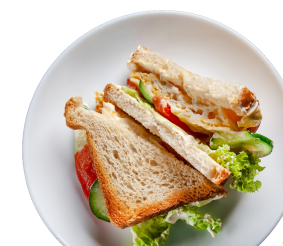The Science of Sound
Make some noise!
Get summer started on Tues, May 29 from 10am-noon in the Atrium when we learn the science behind how different musical instruments make sound. Everyone will take home a tiny musical instrument. You can use the instrument to make some noise and take an information sheet about your instrument to teach others about the science of sound as you stay curious about music all summer long.
Don't miss Sounds of Space, Science of Pancakes, Science is a Real Sing-a-long, Readapalooza, Stories & Crafts, Borrow It Book Fair, Movie on the Lawn, NOTO Story Slam and ALL of the events this summer. Check out Curiosity Central and make plans to attend!
Learn the science of sound!
Sound is a type of energy made by vibrations. When any object vibrates, it causes movement in nearby air particles. These particles bump into the particles close to them, which makes them vibrate too, causing them to bump into more air particles. This movement, called sound waves, keeps going until they run out of energy. If your ear is within range of the vibrations, you hear the sound.
- Sound Science: Where Did That Noise Come From?: An audible activity from Scientific American
- Whistle - How does a a whistle produce sound?
- Science Kids at Home: What is Sound?
- The Kazoo - Its "physics", history, and importance for modern music
- KCPT: Sound Vibrations
- Encyclopedia Britannica: Percussion instrument
If you want to learn more about the science of sound hands-on with instruments you may have at home, use the descriptions of the instruments distributed at the Science of Sound program and how they produce sound as a starting point.
 Maracas
Maracas
Shake it up! Maracas are a type of percussion instruments called idiophones.
Kazoo
Hmmmmm! A kazoo is a type of musical instrument called a singing membranophone.
Flutes
A flute is a type of woodwind instrument.
Boom sticks
Boom sticks are a type of percussion instruments called idiophones.
Party blowers
Whoo! A party blower is a type of musical instrument called a horn.
Whistles
Preet! A whistle is a type of wind instrument
Sound Hose or Whirly Tubes
A Sound Hose produces sound when you grab the larger end of the sound hose and – only if it’s safe to do so – quickly whirl the hose in circles over your head.
Rattles
Shake it up! Rattles are percussion instruments.
Nose Whistles
Yes, you can make music with your nose. A nose whistle is a type of wind instrument
Hand clappers
Shake it up! Hand clappers are percussion instruments.













